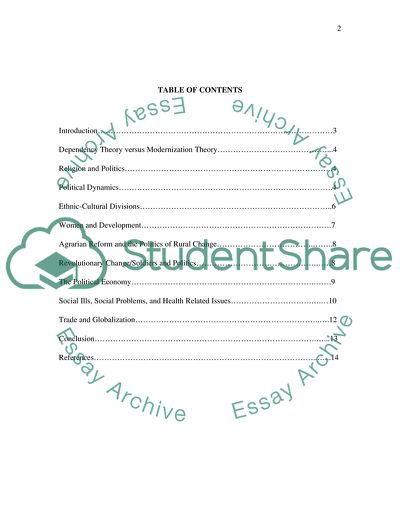Cite this document
(Challenge of Third World Development Assignment, n.d.)
Challenge of Third World Development Assignment. https://studentshare.org/sociology/1702882-africa-rwanda
Challenge of Third World Development Assignment. https://studentshare.org/sociology/1702882-africa-rwanda
(Challenge of Third World Development Assignment)
Challenge of Third World Development Assignment. https://studentshare.org/sociology/1702882-africa-rwanda.
Challenge of Third World Development Assignment. https://studentshare.org/sociology/1702882-africa-rwanda.
“Challenge of Third World Development Assignment”. https://studentshare.org/sociology/1702882-africa-rwanda.


